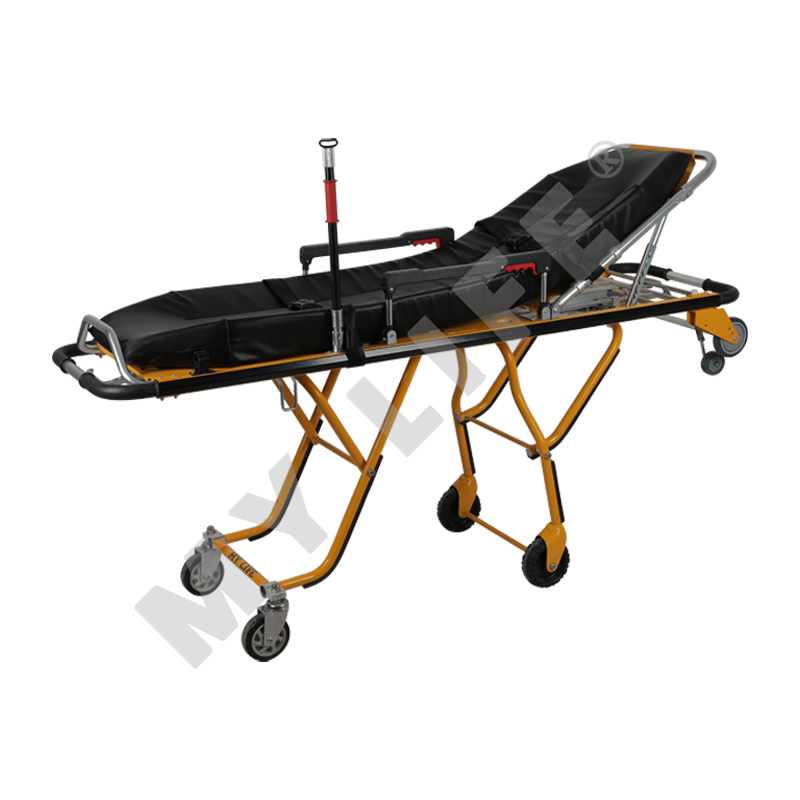The evolution of
ambulance stretchers has been a long and complex journey that began with the simple goal of transporting patients from one place to another. Over time, advancements in technology and medical knowledge have transformed these stretchers from basic transport tools to advanced care platforms that can deliver life-saving interventions.
In the early days of emergency medical services (EMS), stretchers were little more than wooden planks with handles on each end. These rudimentary devices were used to move patients from the scene of an accident to a nearby hospital or medical facility. While they served their purpose, they were uncomfortable and often caused additional injury to the patient.
In the 1930s, the first modern ambulance stretcher was introduced. It was made of aluminum, had adjustable height, and could be folded for storage. This innovation greatly improved patient comfort and safety during transport.
Over the years, further improvements were made, including the addition of wheels, brakes, and safety restraints. The introduction of hydraulic lifts allowed for easier loading and unloading of patients, while the use of lightweight materials such as carbon fiber reduced the weight of the stretcher, making it easier to maneuver.
In recent years, ambulance stretchers have evolved to become advanced care platforms that allow for the delivery of critical medical interventions during transport. Many stretchers now have integrated monitors that can track vital signs, administer oxygen, and even perform electrocardiograms. Others are equipped with built-in defibrillators and medication pumps, allowing paramedics to provide life-saving care while en route to the hospital.
Overall, the evolution of ambulance stretchers has been a remarkable journey, from basic wooden planks to advanced medical platforms. With continued advancements in technology and medical knowledge, it is likely that ambulance stretchers will continue to evolve and improve, providing better care and outcomes for patients in need.

THIS STRETCHER IS MADE OF HIGH-STRENGTH ALUMINUM ALLOY WHICH CAN BE EASILY ADJUST TO VARIOUS FOR EMERGENCY TREATMENT UNDER ANY COMPLICATED SITUATIONS, CAN BE LOADED ON TO AMBULANCE BY ONE PERSON, IT CAN BE ADJUSTED TO 3 LEVELS AND FOLD BACK AND FORTH ACCORDING TO PRACTICAL NEEDS. THE HEAD AND TOE PARTS ARE ADJUSTABLE MECHANISMS, THE STRETCHER IS COVERED WITH SPECIAL PROTECTING BLOCK SIDE, IT'S ALSO RUST PROOF AND EASY TO CLEAN, EQUIPPED WITH FRONT AND BLACK FIXATION SUPPORT DESIGN, THE STRETCHER CAN BE LOCKED IN PLACE INTO THE AMBULANCE AT A DESIRED POSITION.
